From the conception of your smart city, take into account the difficulties met by people with hearing impairments. The smart city needs to be exemplary in terms of accessibility.

The Montreal Metro on the Way to Universal Accessibility
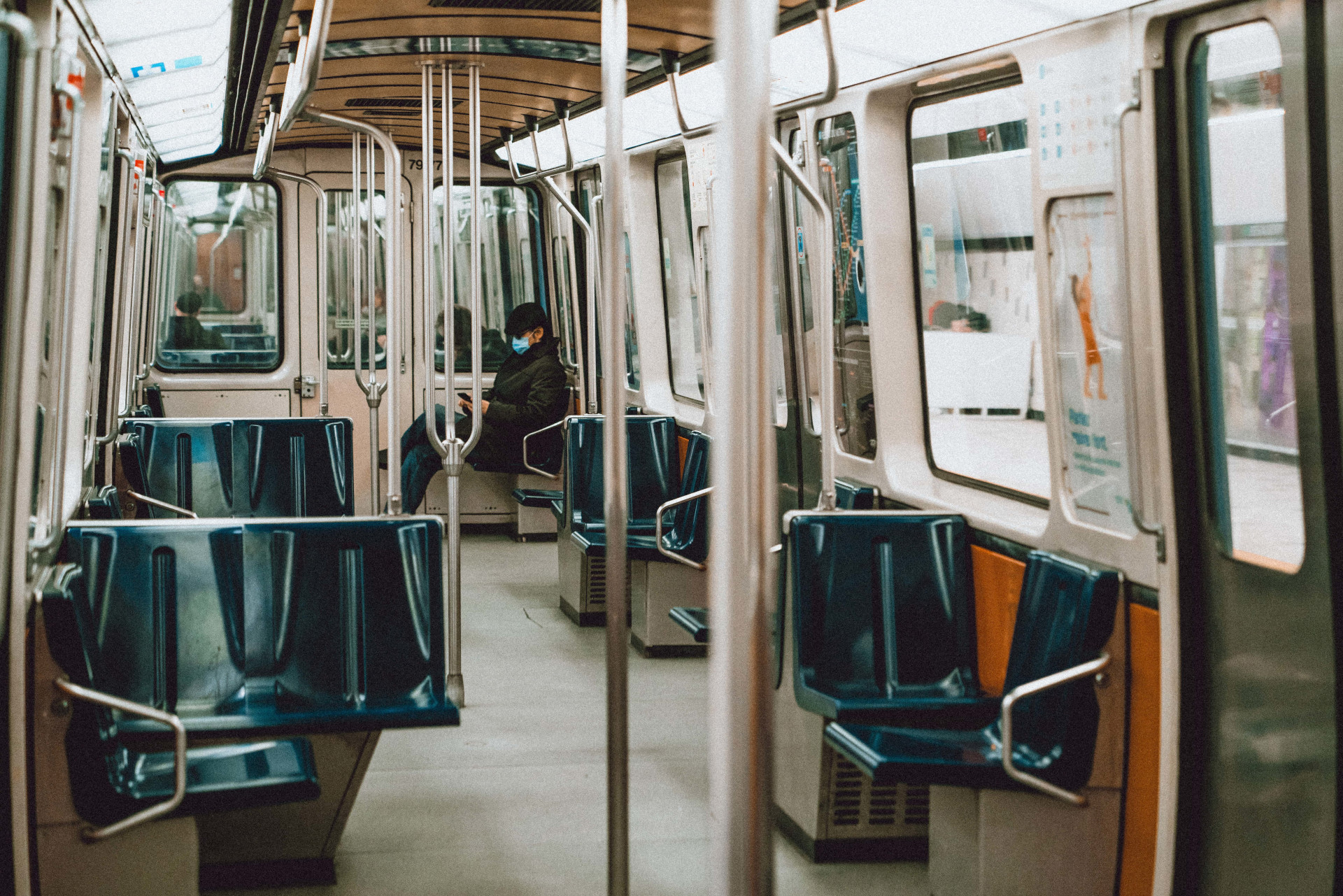
The Montreal Metro on the Way to Universal Accessibility
With 1.36 million passengers per day, the Montreal metro is the first network in Canada and the third in North America behind New York City and Mexico City. The network, which was inaugurated on October 14, 1966 and is operated by the Société de Transport de Montréal (STM), has 68 stations on 4 lines. In 2009, the STM embarked on the path to universal accessibility. Even if there is still a long way to go, many initiatives deserve to be highlighted. Installation of elevators, adaptation of infrastructure, staff training, improvement of passenger information and signage, modernization of the ticket sales system, all stages of the customer journey are covered with projects to improve the consideration of the specific needs of people with disabilities or reduced mobility.
Since sharing positive initiatives is in our opinion an excellent way to advance accessibility for all, we suggest that you continue our world tour of best practices in the subways in the largest city in Canada.
Who are the disabled or reduced mobility users in the Montreal metro?
Universal accessibility allows everyone to access, navigate and move around a metro station in order to make full use of all the services offered to the population. The Quebec survey on activity limitations, chronic diseases and aging 2010-2011 (EQLAV) made it possible to estimate the population living with an activity limitation that results from a long-term health condition or disability. The figures compiled by the Office des personnes handicapées du Québec (OPHQ) for the Montreal region, allow us to establish that:
⊗ Almost a third of the 1.6 million targeted Montrealers aged 15 and over, living in a private or institutional household, have a disability, i.e. 528,385 people. It is a slight disability for the majority of them (67%).
⊗ The rate of disability increases with age, especially from the age of 50.
⊗ Disabilities related to agility and mobility are the most common.
However, the Société de Transport de Montréal (STM) does not have statistics on users with disabilities or reduced mobility traveling on its metro network. The only known data concern people who use the adaptive transport service. 73% of them have a motor disability, which shows that they are the most penalized in accessing the regular transport network.
Access to Montreal metro stations for people with reduced mobility
Accessing metro stations from the street today remains a major difficulty for people with motor disabilities. In July 2020, Omer Juma, an entrepreneur committed to a more inclusive city, launched the 4 days 4 lines project, a complete audit of vertical accessibility to metro stations in Montreal. He covered the 68 stations and more than 8,600 steps in 4 days. His results, which he readily shares with the general public, show that:
⊗ 76% of stations (52) do not have an elevator at at least one of their entrances;
⊗ 47% (32) of them have at least one entrance without an escalator;
⊗ 26% (18) of them have an entrance with a staircase doubled by an ascending escalator but none descending.
A single station out of the 68 of the subway network offers the possibility of a continuous journey from the upper level to the platform by taking the escalators. In 58 of them, even if escalators are present, there is still a break in the path, where travelers must go up or down steps. The 9 other stations do not have any escalator.
In 2017, the Superior Court authorized a $ 1 billion class action lawsuit against the Société de transport de Montréal (STM), the Agence métropolitaine de transport (AMT) and the City of Montreal on behalf of people who had had their access to public transport restricted due to their disability.
A universal accessibility development plan for the Montreal metro
Pursuant to article 67 of the Canadian Act to secure handicapped persons in the exercise of their rights with a view to achieving social, school and workplace integration, the STM implemented in 2007 its first development plan for universal accessibility. The 3rd plan for the period 2016-2020 setting the objectives for 2025 is articulated in 3 parts:
⊗ Strengthen the implementation of universal accessibility;
⊗ Speed up the accessibility of metro stations;
⊗ Expand the fields of intervention for universal accessibility.
The universal accessibility team is part of the Planning and Network Development Department. They work in close collaboration with three committees: the sub-committee, the associative committee and the technical committee for universal accessibility.
41 metro stations equipped with elevators in 2025
When building the subway in 1966, the elevators were not planned. It is now a challenge to integrate them while hindering passenger service as little as possible. It is often necessary to acquire new land, modify existing buildings, move equipment… Several projects are underway to reach the number of 41 stations equipped by 2025. Today, there are 16 to be equipped, 9 of which are fully accessible.
Elevator installations are prioritized according to various criteria in order to optimize cost-of-investment to service-provided ratio. These criteria are:
⊗ The technical complexity of the installation;
⊗ The geographical distribution of the stations equipped in order to fairly serve the various districts of Montreal;
⊗ The category of stations: priority goes to transfer stations or terminals;
⊗ Proximity to schools, health institutions or transit centers;
⊗ The possibility of combining the installation of an elevator with other infrastructure works.
25 additional stations will be equipped with elevators by 2025, including the 5 new ones on the blue line. In addition, the 26 stations of the Metropolitan Express Network (REM) which will be partially operating from 2022 will all be equipped with elevators and will be fully accessible.
The elevators are open to all passengers: people with reduced mobility, but also elderly people, parents with young children, passengers loaded with bulky luggage… Wheelchair users may ask staff for help to use them and navigate the station. The elevator service status is available in real time on the homepage of the STM website.
Motorized butterfly doors
The butterfly doors, which are typical of the Montreal metro, are designed to limit the piston effect, i.e. the air pressure differential due to speeding trains in the tunnels. These double doors pivoting on an axis were originally made entirely of stainless steel, which makes them heavyweight and difficult to open for people with disabilities or reduced mobility. Lighter models were introduced from 2010. In 2020, 22 subway stations were equipped with motorized butterfly doors with a push button to control their opening. The STM plans to double this number by 2025. An enlarged motorized butterfly door has been designed to be installed on the entrances equipped with elevators to accommodate people using strollers or wheelchairs.
Platform screen doors for the safety of all
All of the Montreal metro platforms are equipped with tactile strips to prevent the risk of falls, in particular for people who are blind or visually impaired. Platform screen doors are glazed walls installed along the subway platforms, which open automatically once the train is stopped. Already present on the Paris, London or Tokyo networks, these platform screen doors increase the safety of travelers by avoiding the risk of falling on the tracks.
By 2026, platform screen doors will be installed on the orange line of the Montreal metro. The new REM stations will also all be equipped with such doors.
Accessible solutions for purchasing tickets
Providing several options for purchasing tickets is the best way for people with special needs to find one that suits them. The STM offers its customers various means of purchasing transit tickets: from home through a dedicated card reader, on a smartphone, from partner shops, from station agents, from vending machines and recharging stations.
Ticket vending machines and recharging terminals are equipped with an audio navigation system. The bank keypad is equipped with tactile cues and the screen has improved contrast and readability.
By 2025, the STM plans to further diversify the possibilities for purchasing tickets and to facilitate access to selling points for people with disabilities.
Passenger information for all
Since the end of 2014, MetroVision information screens have been installed on the platforms of all stations. They inform passengers in real time about upcoming departure times, the weather and STM news. A new sound system has been installed in the stations to improve the audibility of voice announcements. The voice announcement of the next station in the trains is automated. Actress Michèle Deslauriers is currently the voice of the Montreal metro.
All the subway signage has been revised taking into account the principles of universal accessibility: visual contrast, clearly legible fonts, use of colors, symbols and pictograms. The STM is also carrying out several projects aimed at making passenger information available to their customers on as many platforms as possible: web, mobile, print, telephone, etc. In addition to information on schedules, connections and network disruptions, the STM also intends to provide all the information necessary for planning a route taking into account the specific needs of passengers. Real-time information regarding the operation of elevators, escalators and motorized butterfly doors is expected to be available on all platforms in the years to come.
New more accessible trains
The layout of the new AZUR subway cars put into service in 2018 takes into account the principles of universal accessibility:
⊗ Color contrast to facilitate object identification,
⊗ More ergonomic seats,
⊗ Adjustable suspension to adapt to platform level,
⊗ Wider doors,
⊗ Wheelchair spaces in each car,
⊗ Automated visual and audible information indicating stations, connections, opening and closing doors,
⊗ Accessible call points.
In MR-73 trains, only the lead car of each set of three cars has a wheelchair space. Audio information is present in all cars and visual information about connections in almost all of them.
By 2025, an emergency call system accessible to all should be present on all trains. Audio and visual announcements will also be modified to make them easy to understand.
Special support for people with disabilities
Wheelchair users as well as people with visual or intellectual disabilities can ask to be accompanied by an STM agent to facilitate their navigation within the stations. In most stations, it remains difficult for a person using a wheelchair to cross the gap between the train and the platform independently. The help of an agent is then necessary to unfold the access ramp.
Agents trained on accessible customer service
The training programs for STM staff include modules devoted to universal accessibility, welcoming and support to people with disabilities. Employees are particularly trained in the handling of accessibility equipment such as access ramps.
Companion card
People with visual or intellectual disabilities who have difficulty accessing the regular STM transit system independently may request a companion card. This card allows the person accompanying them to travel for free on the whole network.
Guide and service dogs are of course admitted free of charge within trains and stations.
Workshops to learn how to use the metro system
In order to improve the independence and safety of travelers, STM teams provide awareness and training workshops on the use of the metro system. These workshops are aimed at school groups, newcomers, the elderly, people with disabilities, etc. In 2015, more than 42,000 people attended one of these workshops. People with visual disabilities also have access to workshops offered by the Institut Nazareth et Louis Braille (INLB) as well as the Metropolitan group of the blind and partially sighted of Montreal (RAAMM). This learning program integrated into a rehabilitation course allows the identification and memorization of the routes to get more independent.
Although universal accessibility was not taken into account when the Montreal metro was built in 1966, there is no doubt that substantial efforts have been made over the last decade. Today, universal accessibility standards and criteria are embedded in all metro design and renovation projects. This also involves raising the platforms, realizing yellow stair nosing, installing double-height handrails, ischial supports, seats with armrests, call points, etc. One thing is certain: the Montreal metro is progressing well on the way to universal accessibility!
Would you like to know more about subway accessibility? These articles are made for you:
How to Help People with Disabilities Get a Better Experience on the Subway?
A World Tour of Best Practices for a Subway Truly Accessible to All | Summary of a French Study
Obstacles in Public Transport: What Solutions for Physical Disability?
media
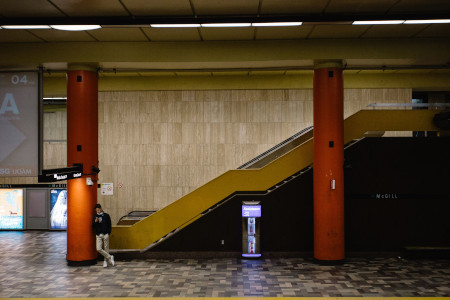
When building the subway in 1966, the elevators were not planned. It is now a challenge to integrate them. (…) Several projects are underway to reach the number of 41 stations equipped by 2025.
writer

Lise Wagner
Accessibility Expert
stay updated
Get the latest news about accessibility and the Smart City.
other articles for you
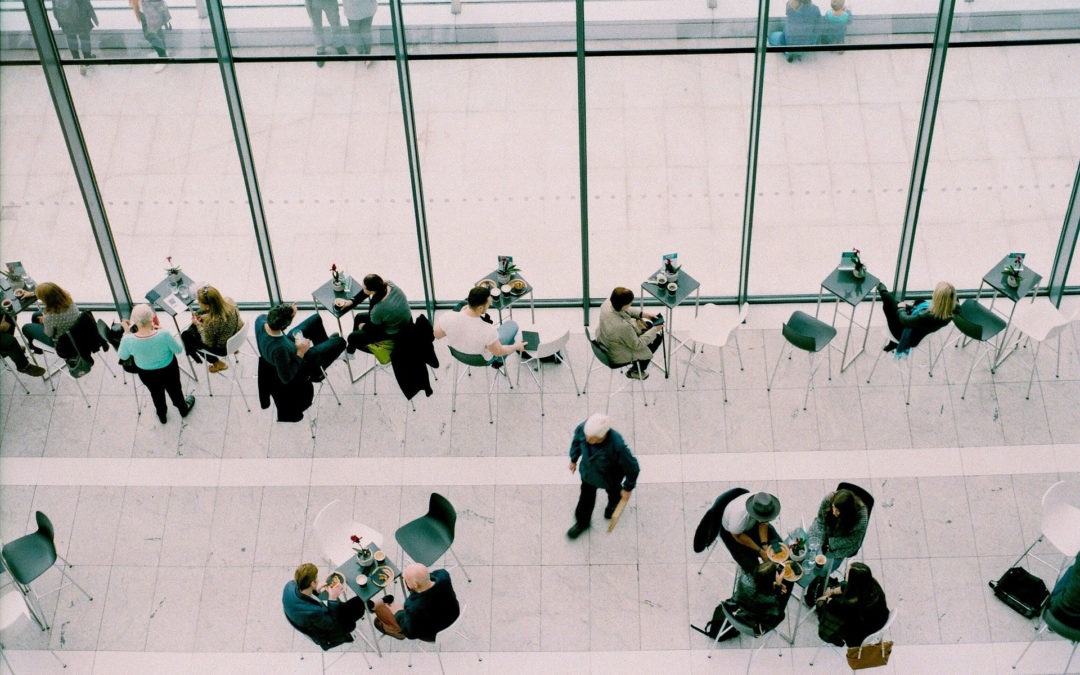
What You Need to Do to Ensure Accessibility for People with Physical Disabilities at Public Venues
Is your venue entirely accessible and ADA-compliant? Discover all the equipment to ensure accessibility for people with physical disabilities!
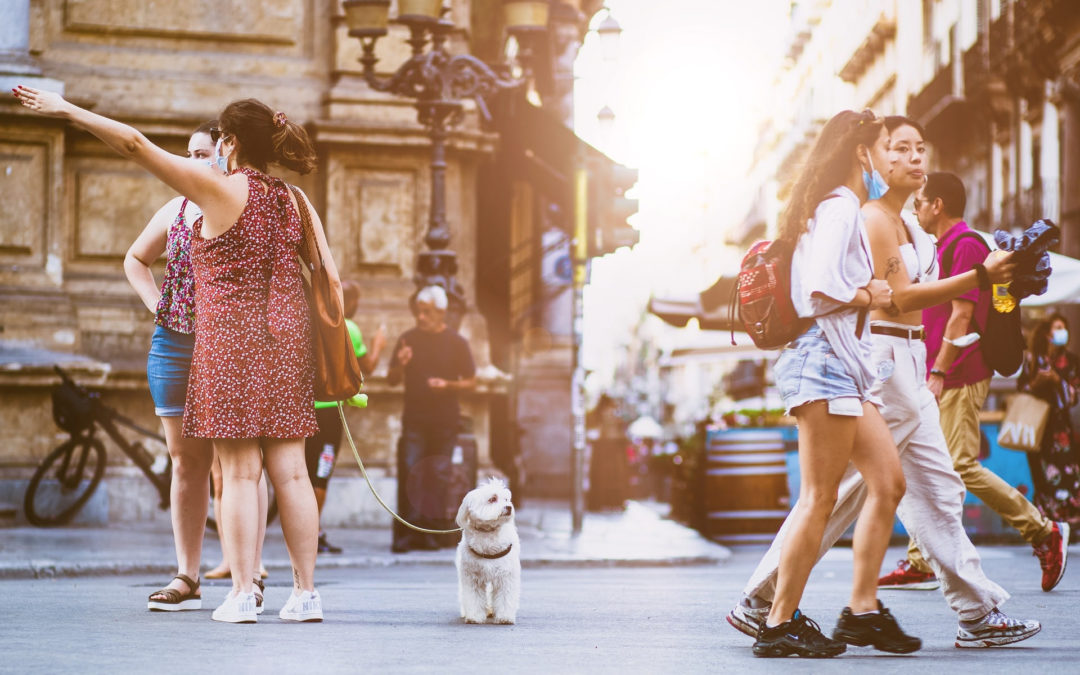
Should We Say “Hybridization” or “Inclusion” Regarding People with Disabilities? | Interview of Gabrielle Halpern, Doctor of Philosophy
“Inclusion” actually means imprisonment. Used regarding people with disabilities, the word implies that we as a society grant them a place and that they should be content with it.
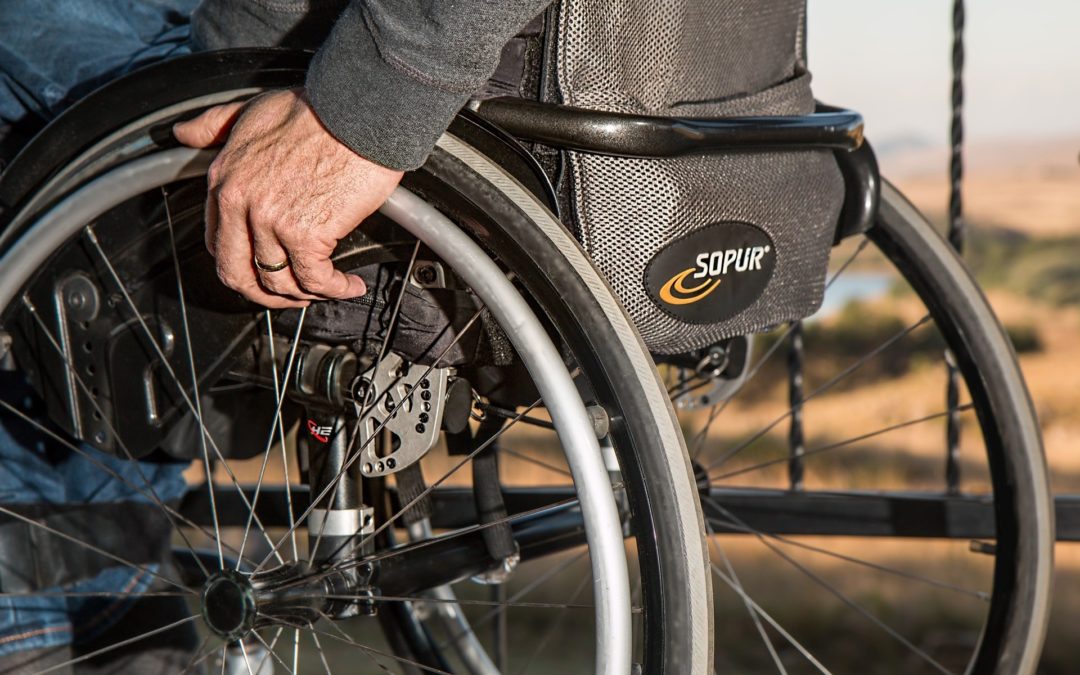
8 Tips to Welcome a Person with a Physical Disability
You’re not sure how to behave around a person with a physical disability! Discover our 8 tips!
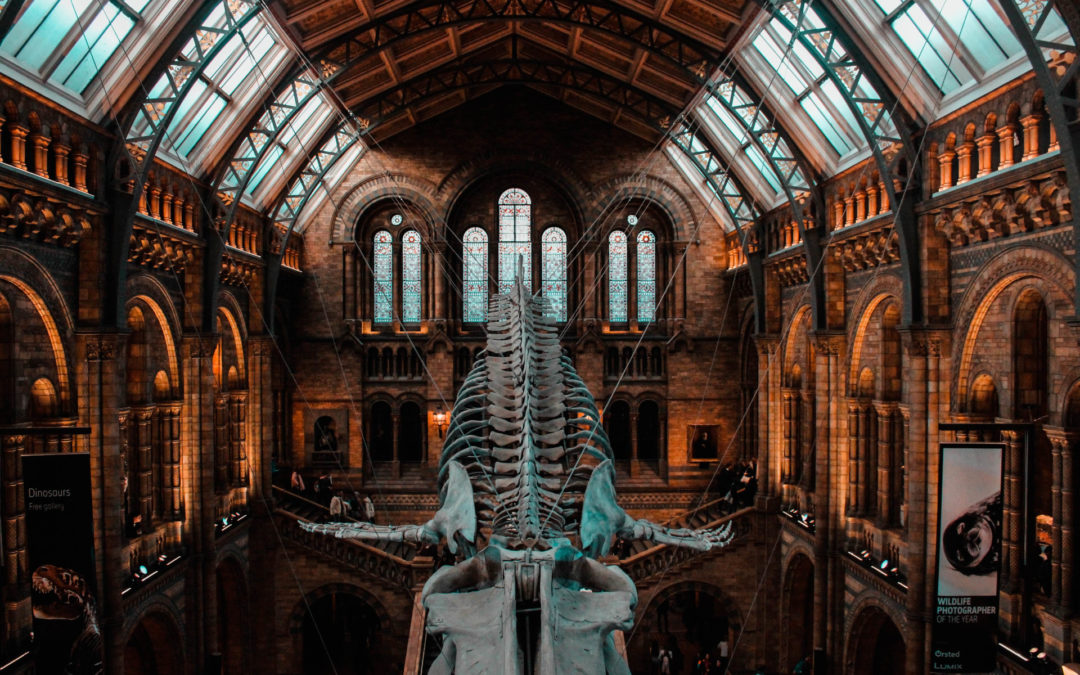
How to Make Museums More Accessible for People with Disabilities?
Let’s see what solutions museums have been implementing to be more accessible and inclusive to all!
share our article!
more articles

8 Key Points to Ensure Accessibility for Customers with Vision Disabilities at Public Venues
8 Key Points to Ensure Accessibility for Customers with Vision Disabilities at Public VenuesAre you sure that your facility meets all the conditions to properly accommodate blind or visually impaired people? The standards for accessibility set by the Americans with...
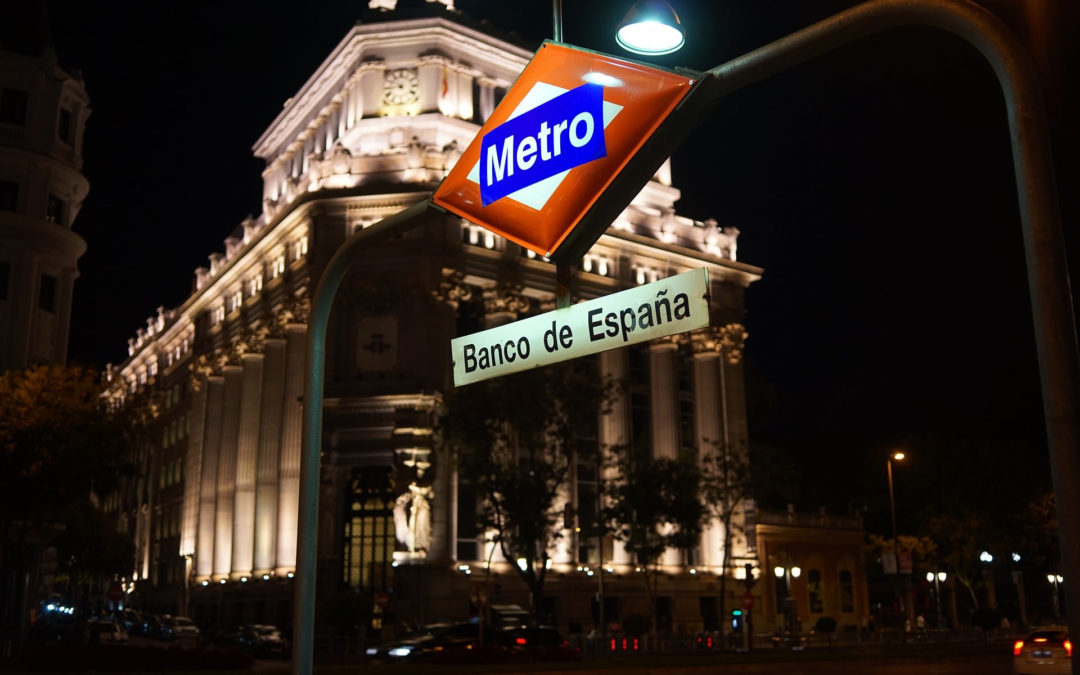
A World Tour of Best Practices for a Subway Truly Accessible to All | Summary of a French Study
A World Tour of Best Practices for a Subway Truly Accessible to All | Summary of a French StudyProviding a safe and accessible service for all passengers is a major issue for all transit agencies throughout the world. That’s why, when we discovered the brilliant study...
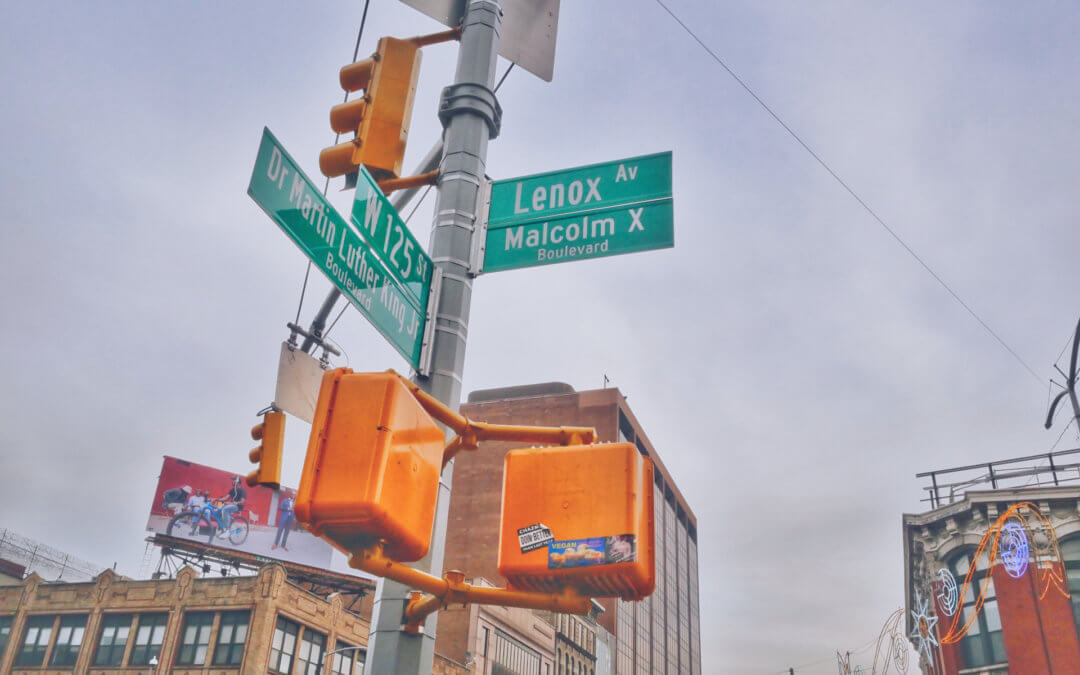
How Can Accessible Pedestrian Signals Become Responsive to COVID-19?
How Can Accessible Pedestrian Signals Become Responsive to COVID-19? In a world where COVID is still part of our lives, great cities face new challenges: maintaining services to citizens while limiting the spread of the pandemic. Among the population, blind and...
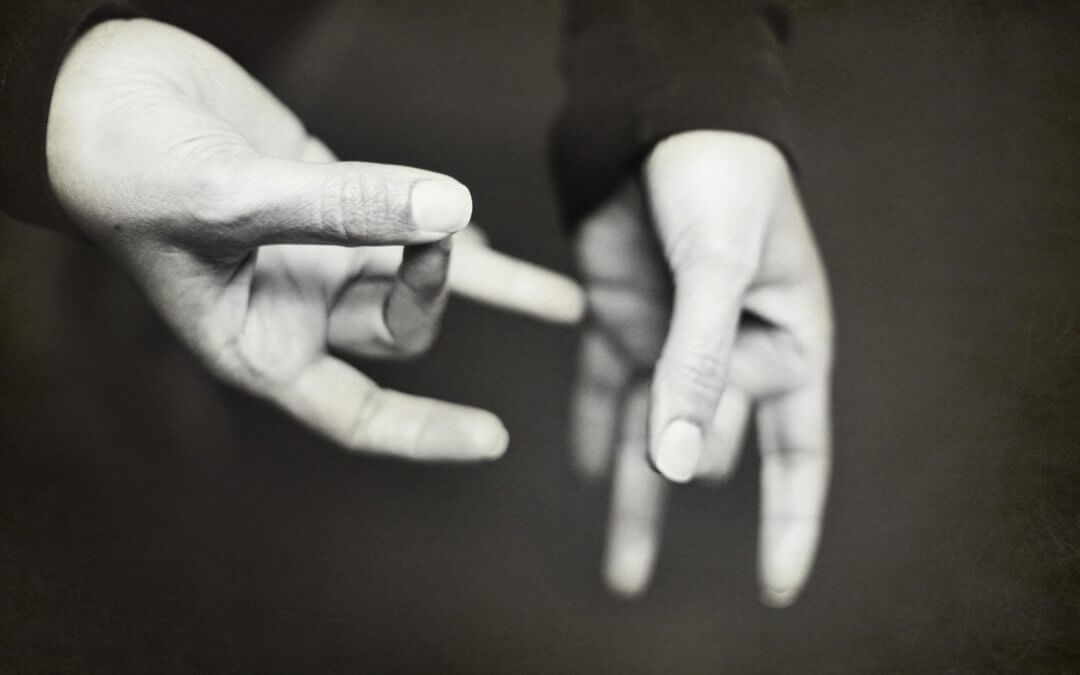
12 tips to welcome a deaf or hard of hearing person
12 Tips to Welcome a Deaf or Hard of Hearing Person You don’t know sign language and you sometimes welcome deaf or hard of hearing people? Don’t panic! For fear of doing wrong, we often just keep quiet. However, there are tips to facilitate verbal communication...
NEVER miss the latest news about the Smart City.
Sign up now for our newsletter.
Unsubscribe in one click. The information collected is confidential and kept safe.
powered by okeenea
The French leading company
on the accessibility market.
For more than 25 years, we have been developing architectural access solutions for buildings and streets. Everyday, we rethink today’s cities to transform them in smart cities accessible to everyone.
By creating solutions ever more tailored to the needs of people with disabilities, we push the limits, constantly improve the urban life and make the cities more enjoyable for the growing majority.

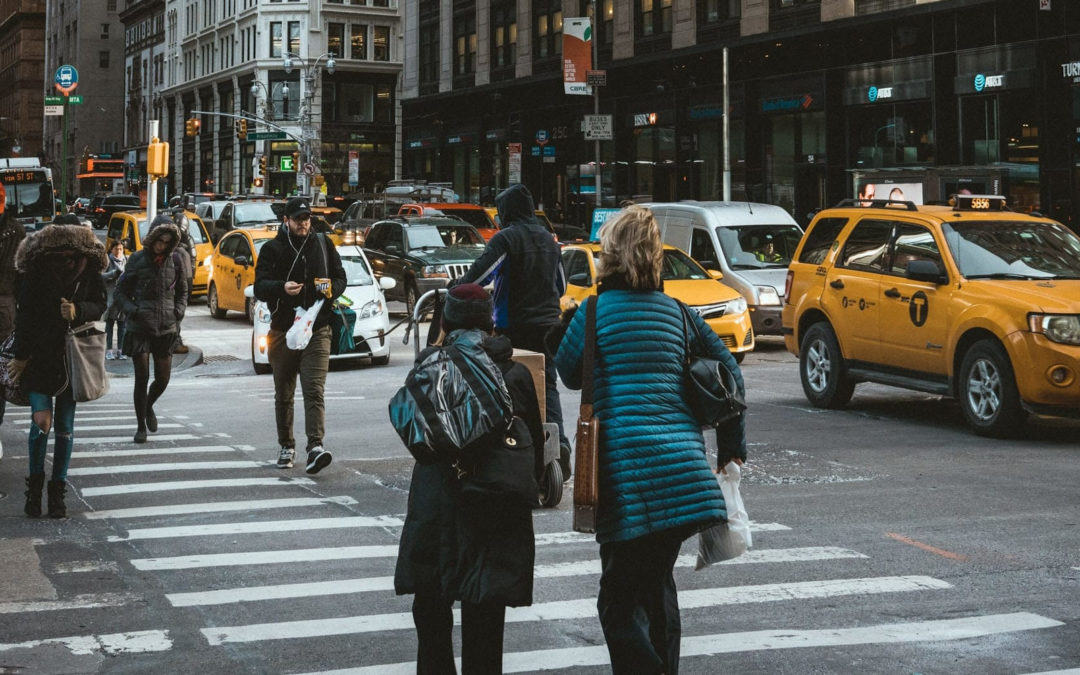
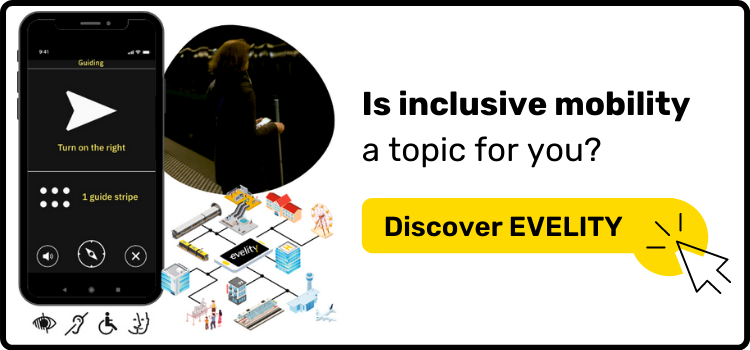
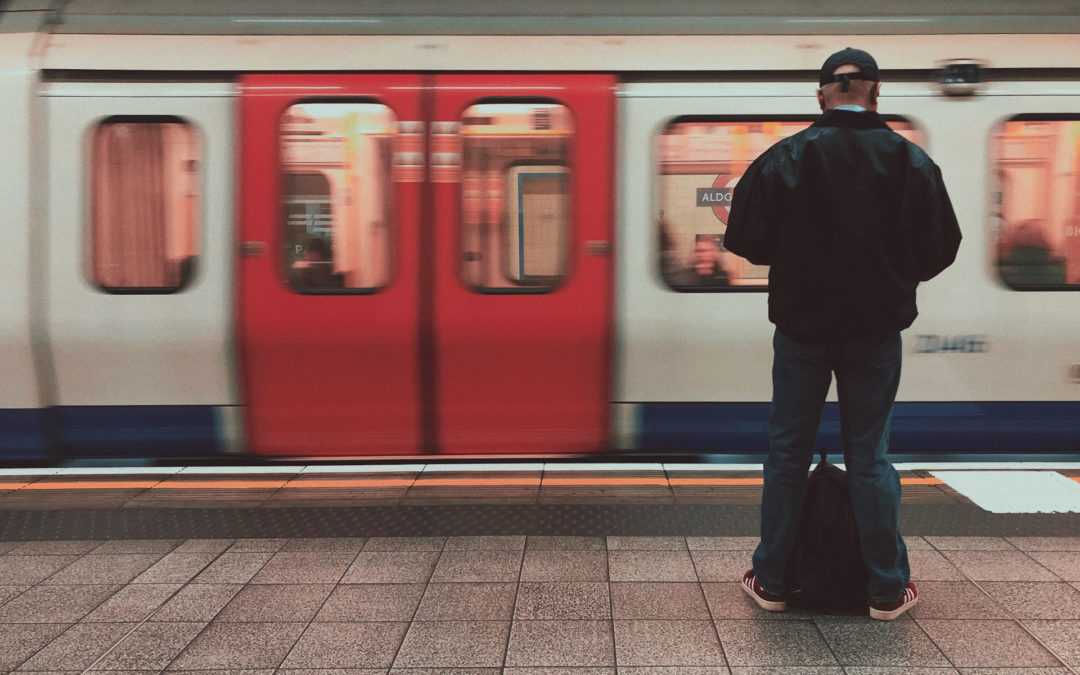
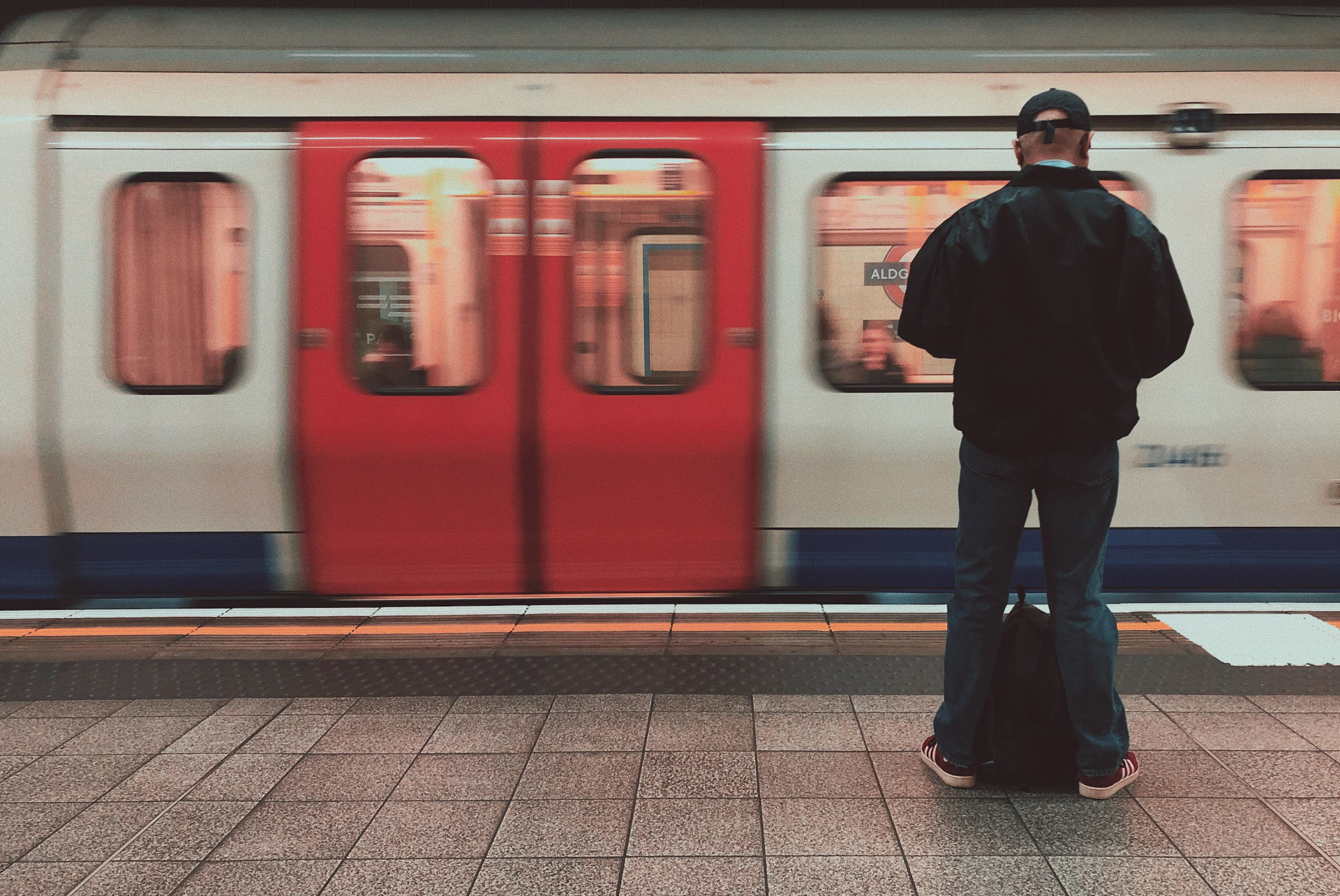
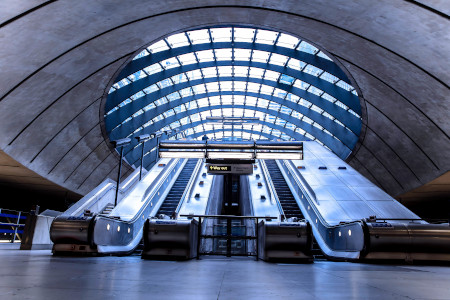

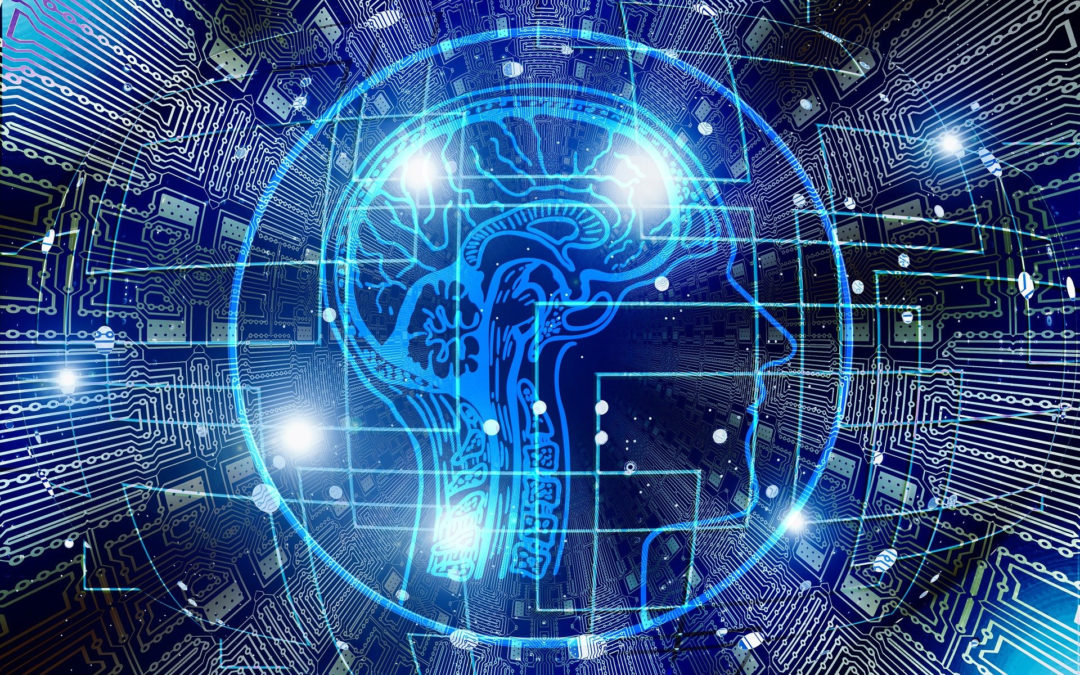
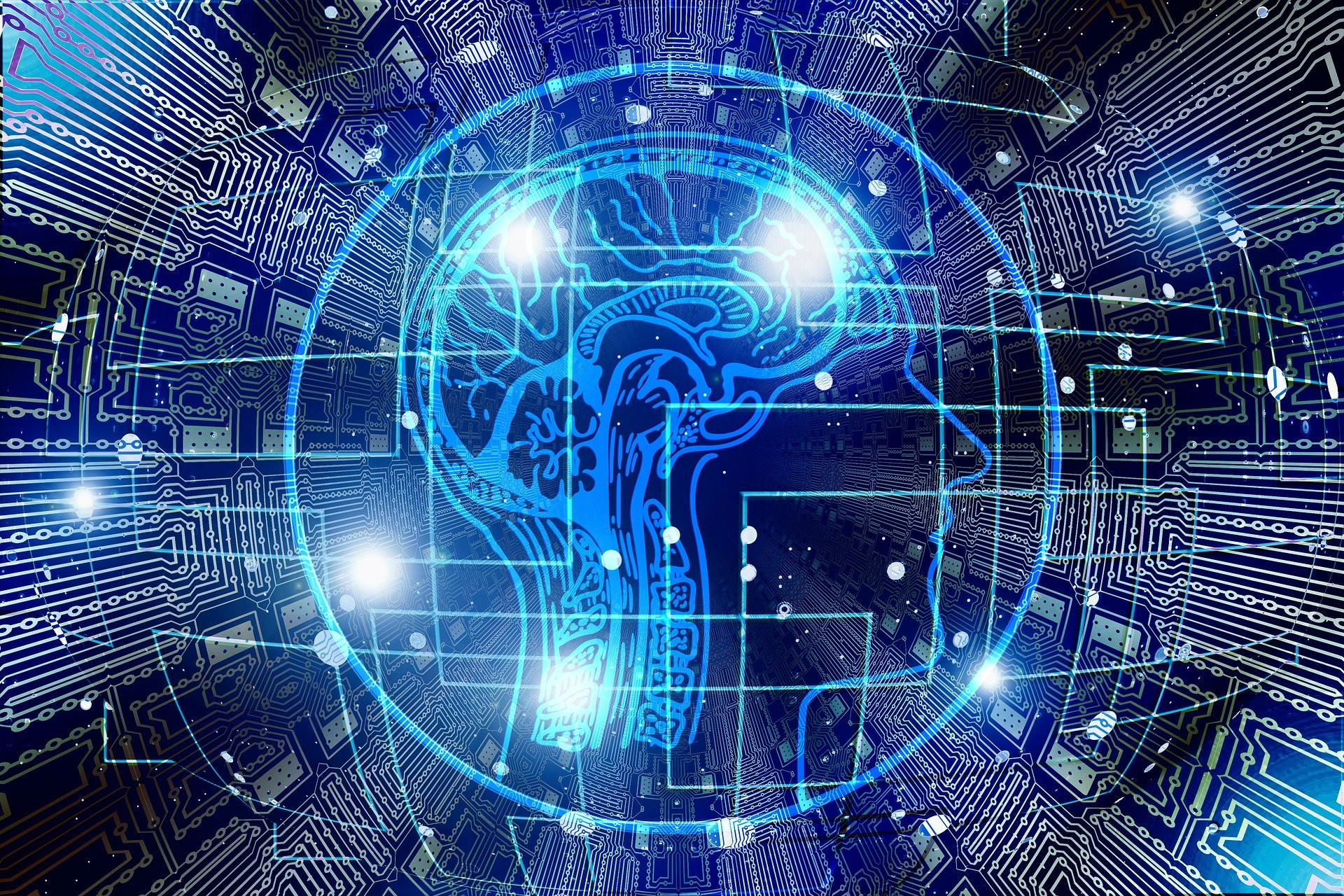
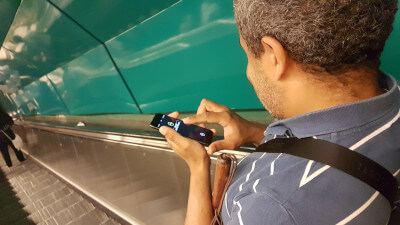
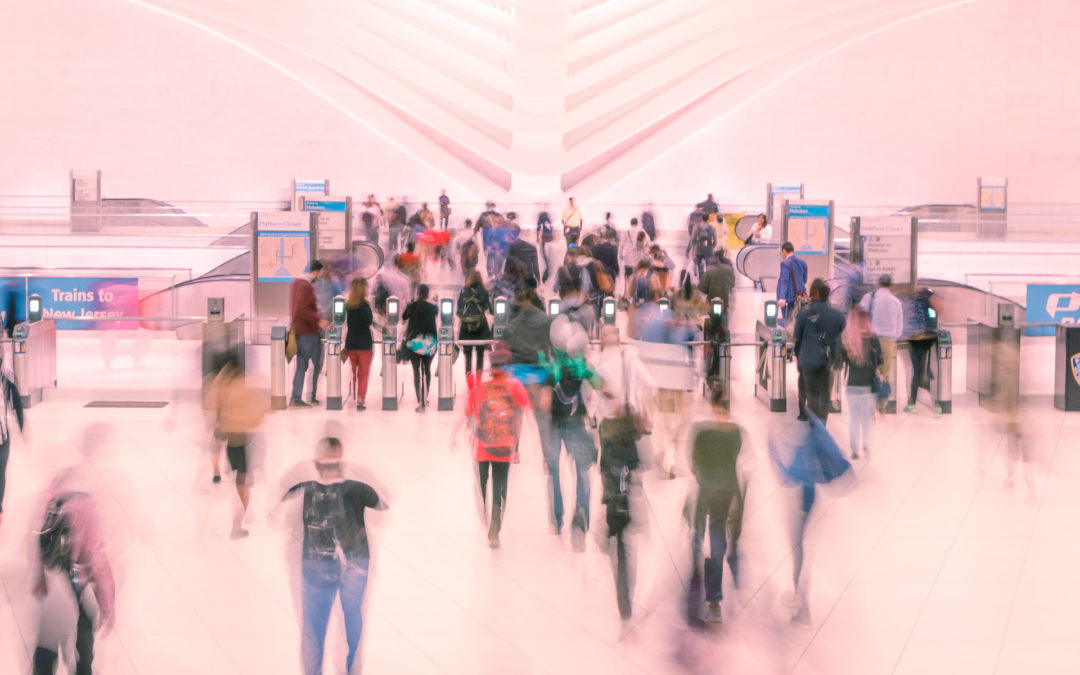
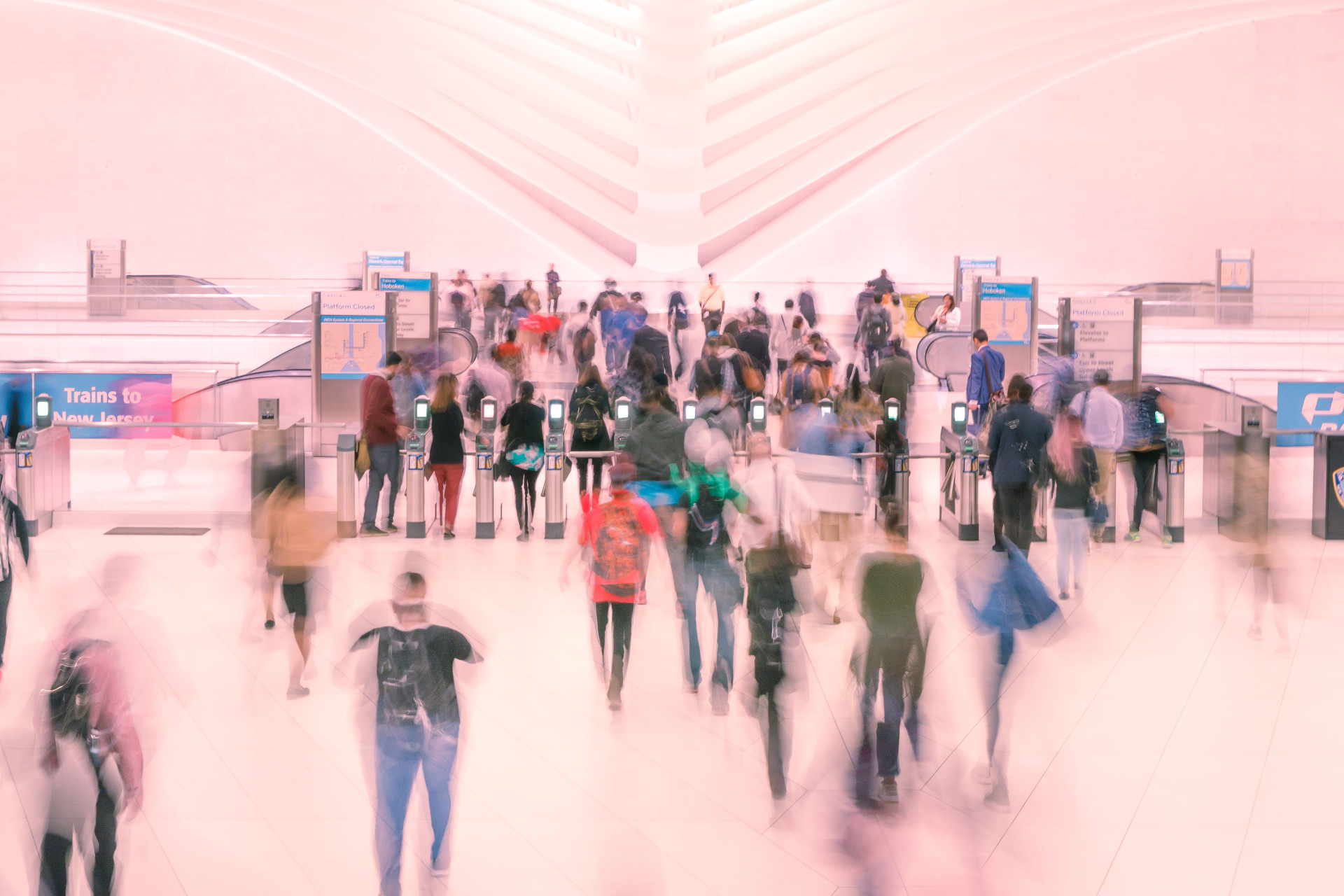
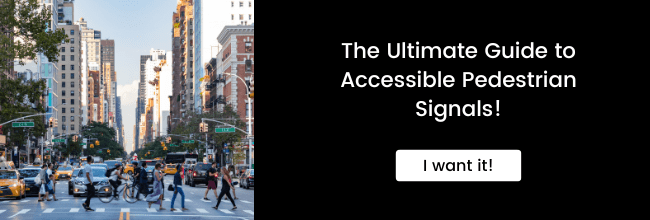
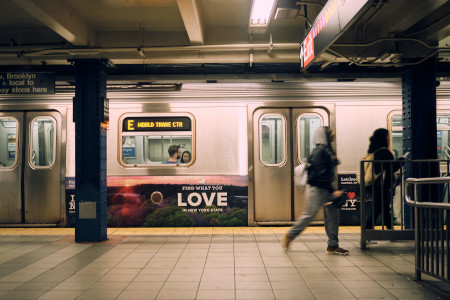
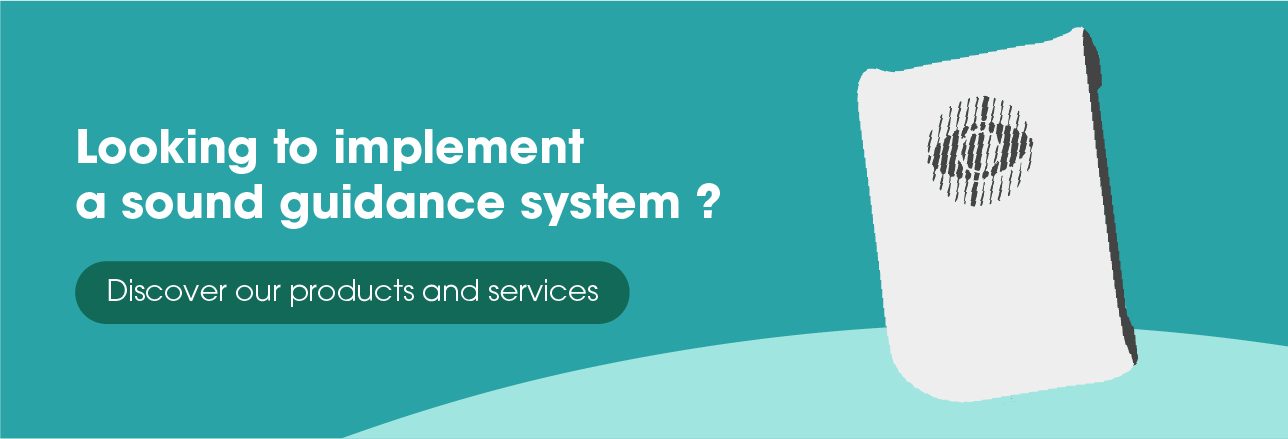
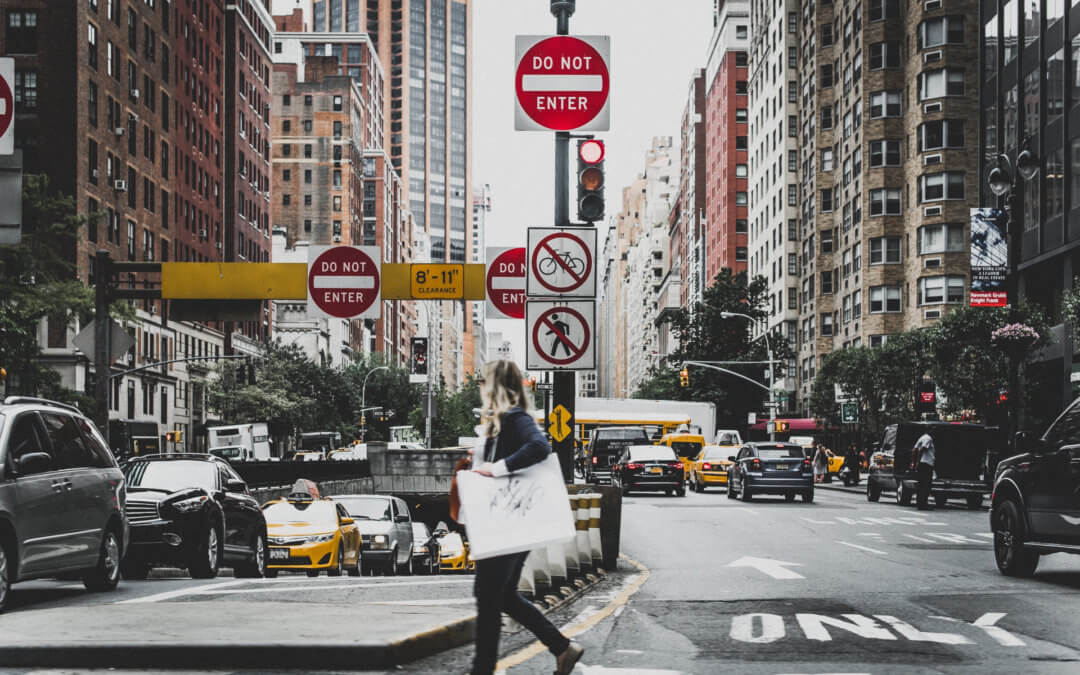



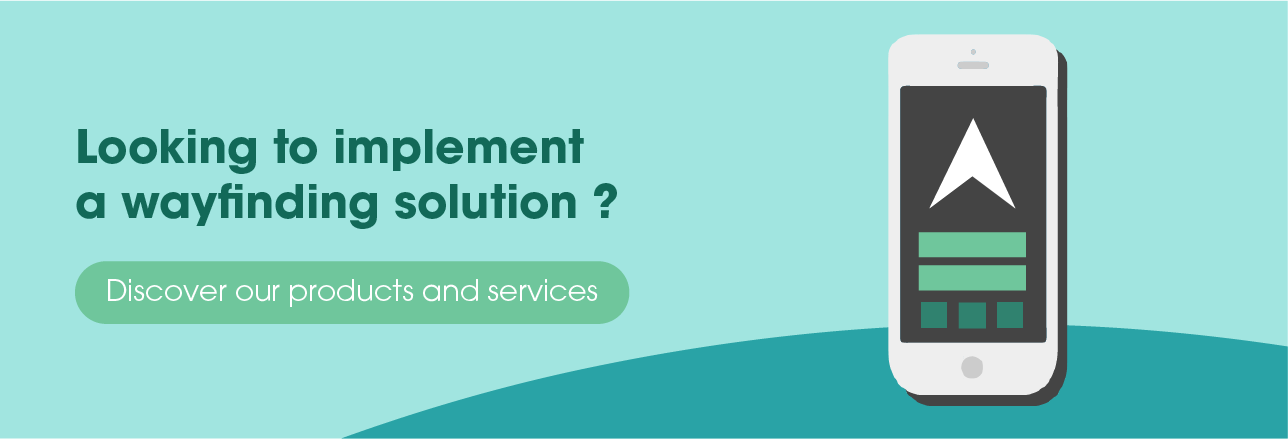
Recent Comments